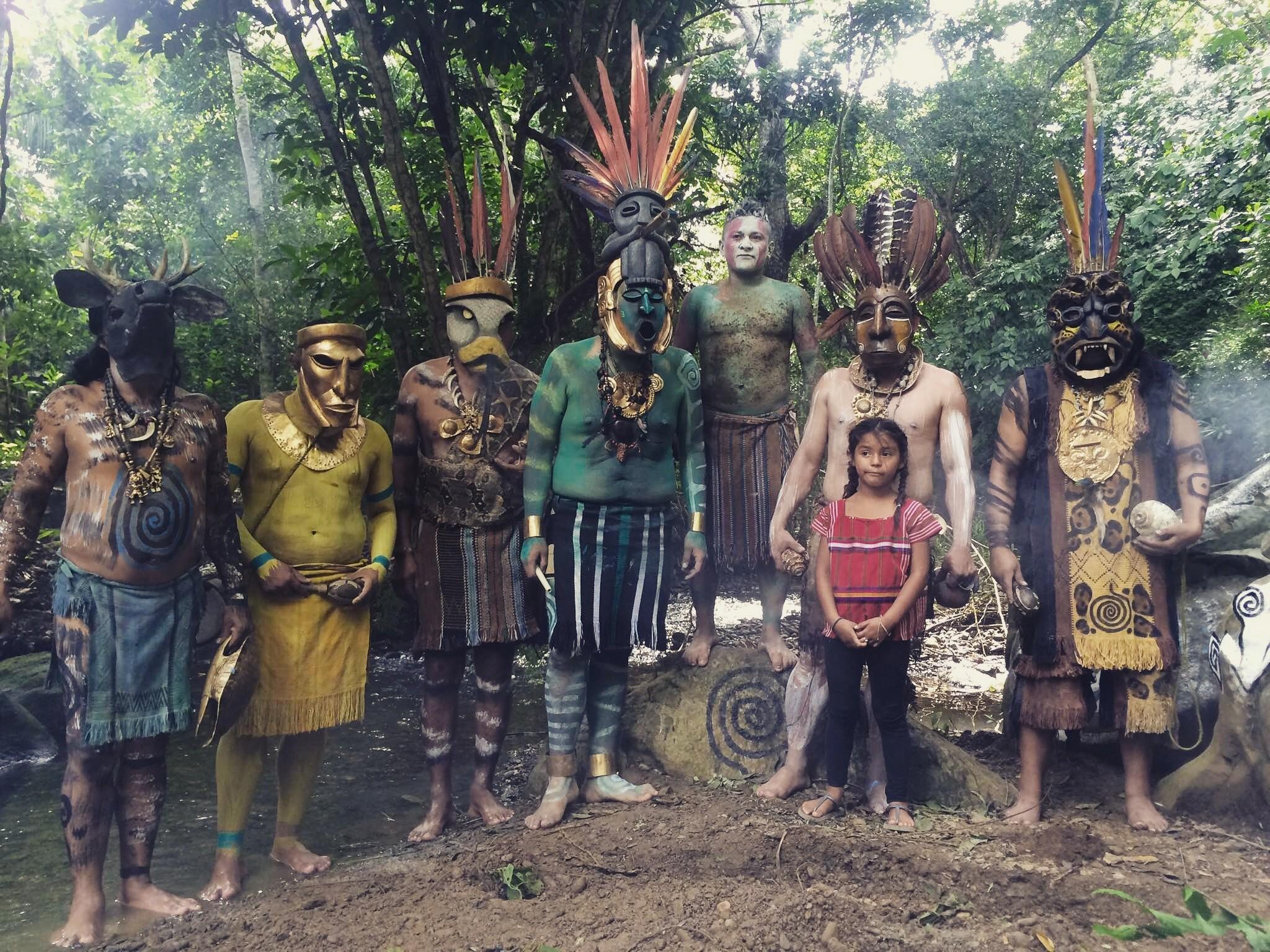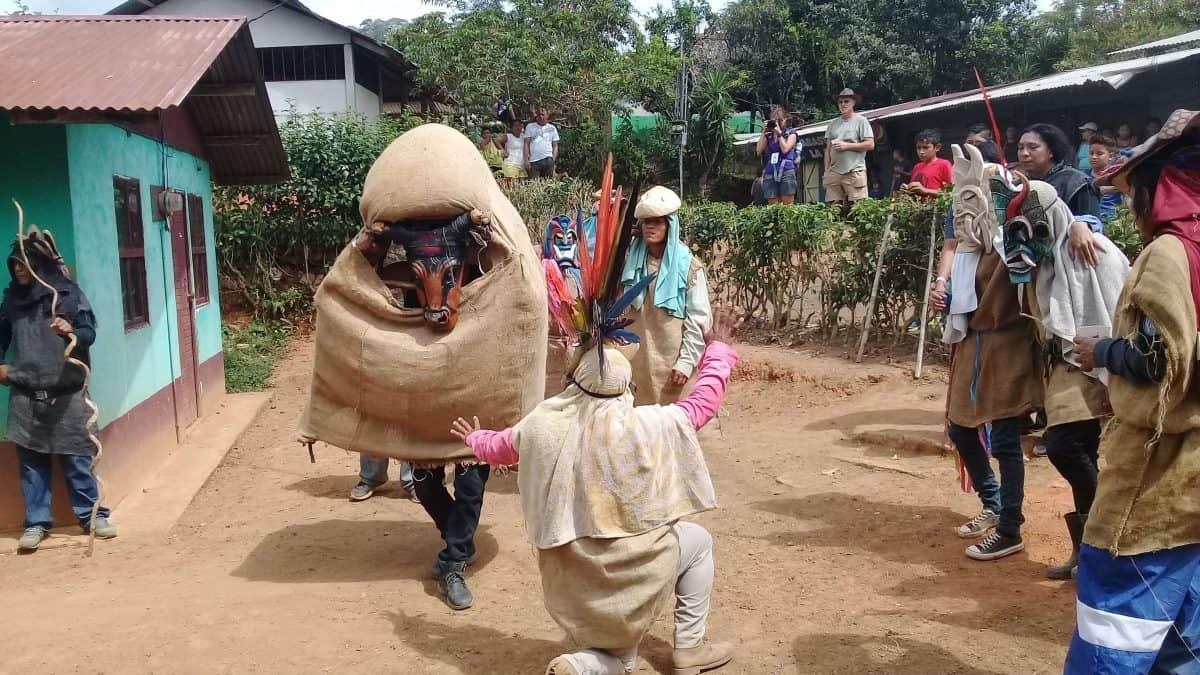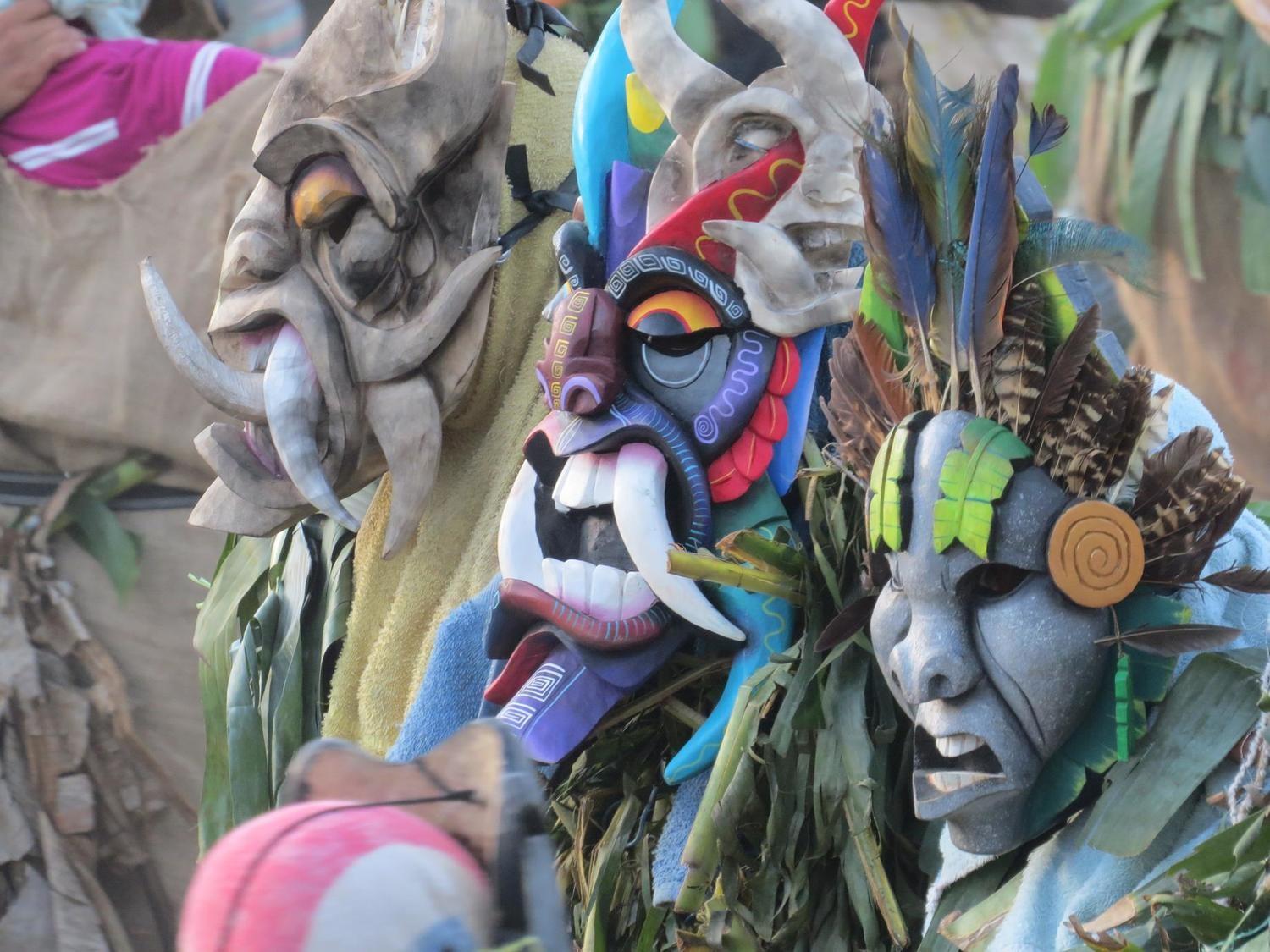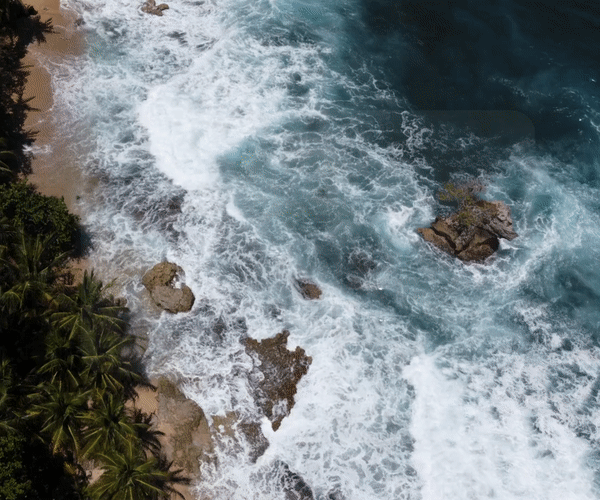COSTA RICA
Costa Rica’s Independence
LATEST ARTICLES
The Cultural Wonders of Costa Rica — Exploring the Country’s Indigenous Communities
The Cultural Wonders of Costa Rica — Exploring the Country’s Indigenous Communities
by Matt Lloyd in Costa Rica

Costa Rica has a vibrant cultural heritage, particularly in its indigenous communities. Exploring these communities can be an unforgettable experience, and if you live here, you can immerse yourself in unique traditions, customs, and lifestyles.
Costa Rica's Indigenous Communities

In Costa Rica, twenty-four indigenous territories cover 6.7% of the national territory. Other non-indigenous people have settled here as well.
Costa Rica has eight indigenous groups, each with distinct customs and cultures. These groups include the Bribri, Cabecar, Maleku, Guaymí, Huetar, Boruca, Matambú, and Térraba. They are 2.4% of the population of the country.
Bribri — They are the original inhabitants of Talamanca and live in the mountains and coastal areas of Southern Costa Rica. Their population is approximately 11,500 on reserves, but it is believed that there are around 35,000 living in Costa Rica. They are an isolated tribe and have held onto their language and culture.
Cabécar — The largest and most isolated group. They live in the Chirripo Mountains without access to many things but have preserved their culture and spoken their language rather than Spanish.
Meleku — Their count is only in the hundreds, and they live on a reserve about an hour north of La Fortuna. Before colonization, their territory also included Arenal Volcano and Rio Celeste. They are trying to preserve their language. However, to date, only about half speak it.
Guaymi — This tribe first arrived from Panama in the 1950s and live along the Panama border today. Their primary source of income is crops such as corn, rice, beans, and bananas.
Huetar — Known for handwoven baskets and hats, they live in the Central Valley in Ciudad Colon and Puriscal.
Boruca — This population of 2,700 lives in the Puntarenas area. Their reservations were the first established for indigenous people. They are known for colorful hand-carved masks and weaving.
Matambú — Also known as the Chorotega, they live in the Guanacaste region. They came to Costa Rica in 500 AD to escape slavery in Mexico. Known for their strength and ability to fight for their freedom, today, they are a peaceful people known for their pottery and ceramics.
Térraba — Today, there are only approximately 600 Térraba Indians. They are self-sustaining by growing enough food to feed their people. The language is dying out because only the elders speak it.
Exploring Indigenous Communities in Costa Rica

There are various ways to explore the indigenous communities of Costa Rica. A popular option is to visit a community on a guided tour, where you can learn about the community's history, culture, and way of life.
Many tours are led by community members, providing visitors with an authentic and immersive experience. During a tour, you may have the opportunity to:
• Learn about the history and culture of the community.
• Participate in traditional ceremonies or rituals.
• Watch traditional dances or musical performances.
• Learn about traditional forms of art, such as weaving or pottery.
Here are just some of the many cultural tours that will show you the beauty and art of indigenous Costa Rican people. Learning about the indigenous people of your adopted home can only lend to your understanding of them and give joy to you.
Chorotego Arts & Crafts — Learn the history of the Chorotega Tribe at the museum. Hands-on making your own creation using their 4,000-year-old techniques.
Overnight Bribri Culture Experience in Yorkin Community — Learn the history of the Bribri people and their way of life. Then, spend a night in a traditional lodge, and travel downriver in a dugout canoe—a unique and close-up experience of the Bribri people.
The Maleku Indigenous Reserve — Take some time to learn about their history and customs. A one-hour drive from Arenal Volcano north, you will be greeted by the locals and guided through their homeland. And, because the population speaks their native tongue most of the time, you will have the opportunity to learn their language.
Baruca Indigenous Tribe Cultural Experience — During this full-day tour, learn about the hand-painted vibrant masks they make and the stories that shape this tribe's identity and daily lives. You’ll visit their workshop, following the steps from woodworking to painting, and will adorn your own mask while guided by a master painter.
Tips on Being Respectful When Visiting Indigenous Communities
Now that Costa Rica is your home, we must care for everyone together, and showing respect for the locals’ homeland is one way we do it.
Some tips for responsible tourism in indigenous communities include:
• Always ask for permission before taking photos or videos.
• Respect cultural norms and traditions.
• Purchase handicrafts directly from community members
• Use a local guide or tour operator with a relationship with the community.
A Final Thought
Exploring the indigenous communities of Costa Rica is an incredible way to learn about the country's rich cultural heritage. You can immerse yourself in unique traditions, customs, and life practices.
In addition, by practicing respect during your visit, you can also help support these communities and preserve their cultures for future generations.
Welcome home.
Pura Vida! 🌺
About The Author
Matt Lloyd runs a hotel in Costa Rica since 2016. He's based on the Pacific Coast side of the country, outside the town of Jaco.
If you'd like to discuss options for moving to Costa Rica with me on a phone call, you can book a free 30-minute session here.





